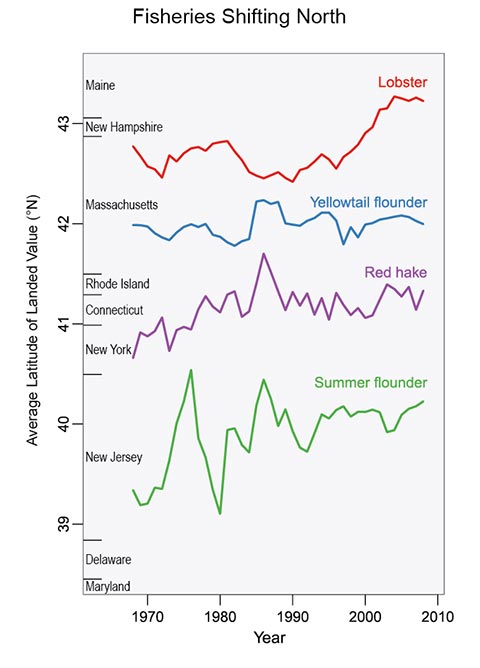Introduction
As a nation, we depend on the oceans for seafood, recreation and tourism, cultural heritage, transportation of goods, and, increasingly, energy and other critical resources. The U.S. Exclusive Economic Zone extends 200 nautical miles seaward from the coasts, spanning an area about 1.7 times the land area of the continental U.S. and encompassing waters along the U.S. East, West, and Gulf coasts, around Alaska and Hawai‘i, and including the U.S. territories in the Pacific and Caribbean. This vast region is host to a rich diversity of marine plants and animals and a wide range of ecosystems, from tropical coral reefs to Arctic waters covered with sea ice.
 ©iStockPhoto.comFrank P.J. van Haalen
©iStockPhoto.comFrank P.J. van Haalen
Oceans support vibrant economies and coastal communities with numerous businesses and jobs. More than 160 million people live in the coastal watershed counties of the United States, and population in this zone is expected to grow in the future. The oceans help regulate climate, absorb carbon dioxide (an important greenhouse, or heat-trapping, gas), and strongly influence weather patterns far into the continental interior. Ocean issues touch all of us in both direct and indirect ways.49,140,36,141
Changing climate conditions are already affecting these valuable marine ecosystems and the array of resources and services we derive from the sea. Some climate trends, such as rising seawater temperatures and ocean acidification, are common across much of the coastal areas and open ocean worldwide. The biological responses to climate change often vary from region to region, depending on the different combinations of species, habitats, and other attributes of local systems. Data records for the ocean are often shorter and less complete than those on land, and for many biological variables it is still difficult to discern long-term ocean trends from natural variability.19






















